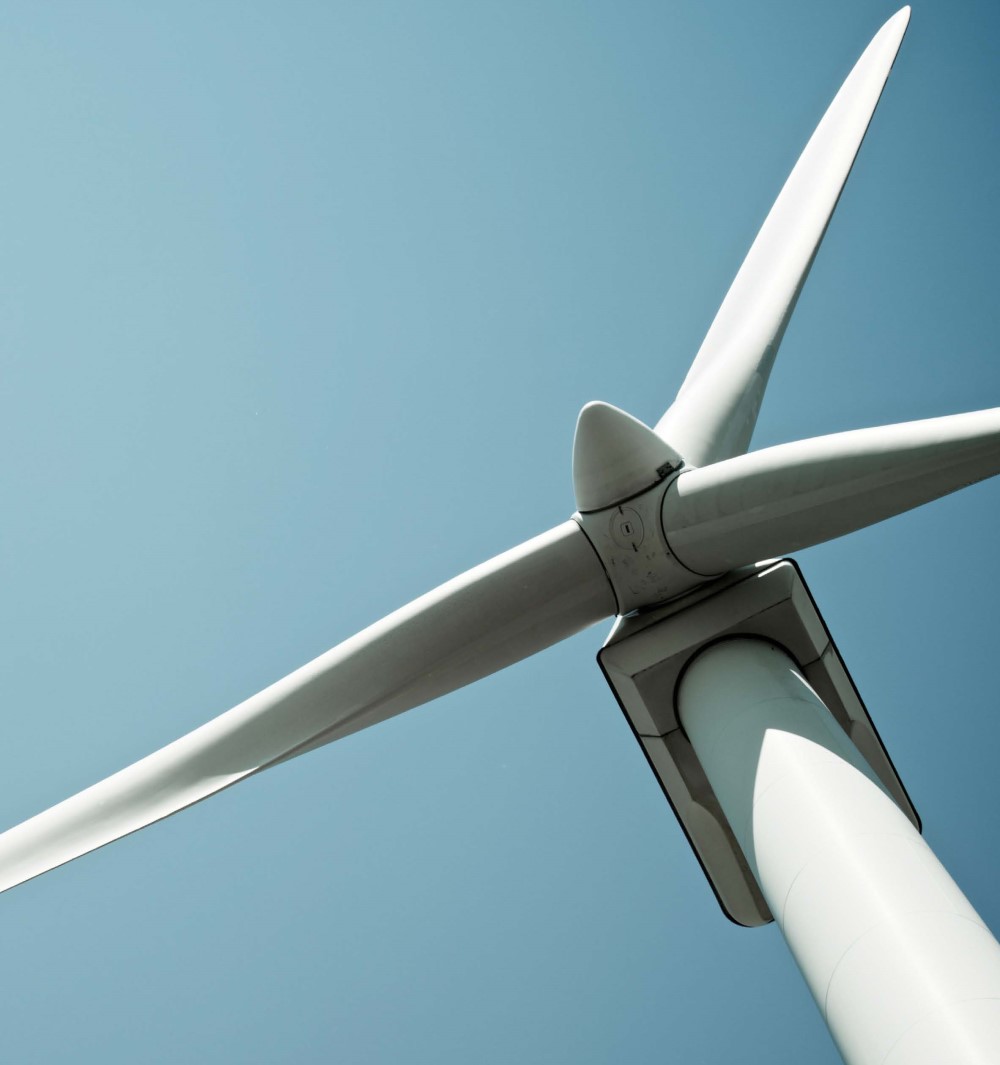Energy in New Zealand 2025
Comprehensive information on and analysis of New Zealand’s energy supply, demand and prices.
On this page I tēnei whārangi

This is the web version of the Energy in New Zealand 2025 report
Download the PDF:
Quick facts for 2024
- 45.5% of New Zealand’s primary energy supply came from renewable sources, a record high.
- Renewable generation capacity increased by 556 MW in 2024. Up 17% or 1262 MW from 2020.
- 85.5% of electricity was generated from renewable sources, down from 88.1% in 2023.
- Electricity consumption in the food processing sector continued to increase.
- Aviation fuel use for domestic and international transport continued to increase, reaching 90% of pre-COVID-19 levels.
- Total energy consumption dropped 2.1% to 524.8 PJ in 2024, driven by lower industrial demand.
- Natural gas consumption in the economy fell to its lowest since 2011.
In this section I tēnei wāhanga
Overview
New Zealand’s total energy supply decreased in 2024, mainly due to ongoing field depletion and lower supply of gas. At the same time, growth in domestic renewable energy production saw the share of energy supplied by renewable sources increasing to a record high.
Electricity
New Zealand’s electricity is mostly generated through renewable sources such as hydro and geothermal energy. Our renewable generation is supplemented by thermal ‘peaker’ plants when demand is high or during dry periods when hydro stores are low.
Renewables
Renewable energy is often associated with electricity production, specifically wind, solar, or hydro generation. However, renewable energy is also used for direct heat applications such as milk powder drying, paper making, commercial space heating, or Rotorua’s heated pools.
Coal
New Zealand has in-ground coal resources of more than 15 billion tonnes, of which 80% are lignite in the South Island. There are also substantial resources of sub-bituminous coal in both islands, and a lesser amount of high-quality bituminous coal, mainly on the West Coast of the South Island.
Gas
Natural gas is a naturally occurring mixture of gases, consisting mainly of methane, which can be extracted from the ground in a similar way to crude oil. New Zealand’s natural gas fields are concentrated around and off the coast of the Taranaki region.
Oil
New Zealand is a producer of crude oil, with fields concentrated around Taranaki. However, the crude oil produced in New Zealand has historically been almost entirely exported. Since the closure of New Zealand’s only oil refinery at Marsden Point, all domestic petroleum needs are served by imports of refined products such as petrol, diesel, and jet fuel.
Balance tables
Domestic energy supply is derived from either indigenous production or imported from overseas sources. In turn, fuel types can be transformed into different forms of energy, at the cost of losses and inefficiencies which vary by transformation process. Supply, demand, losses and inefficiencies are reflected in balanced energy supply and demand tables.

